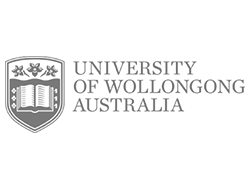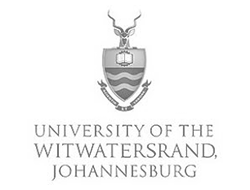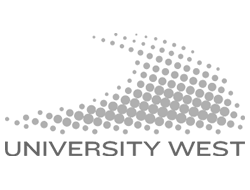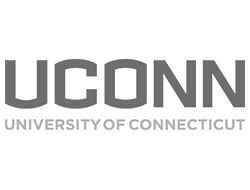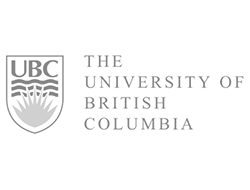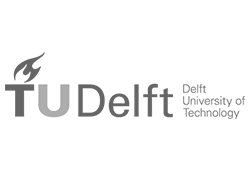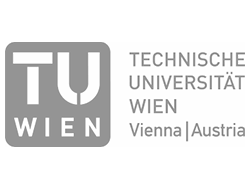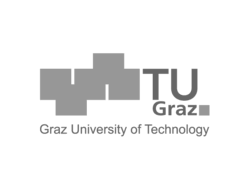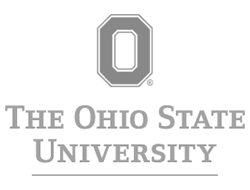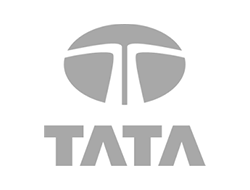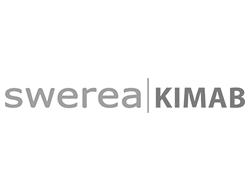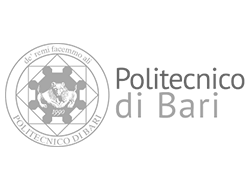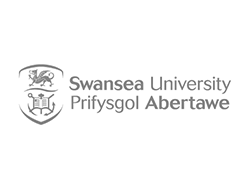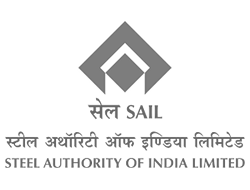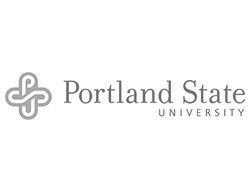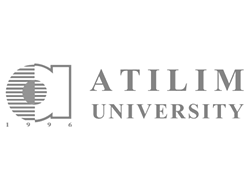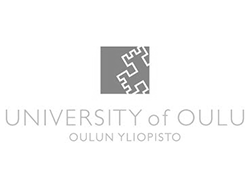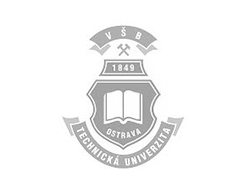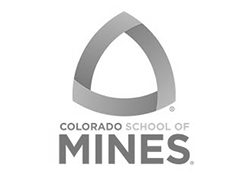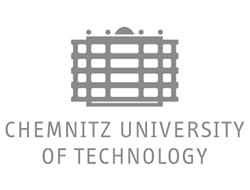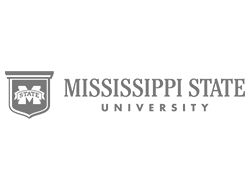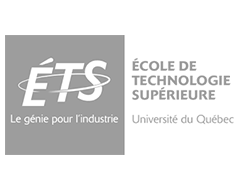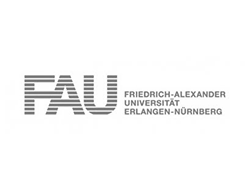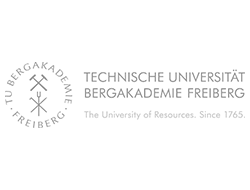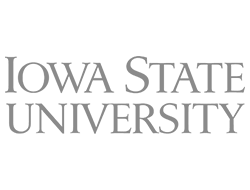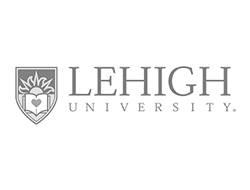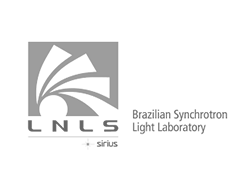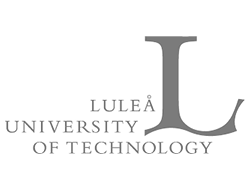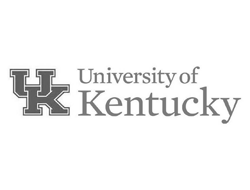California Polytechnic
At California Polytechnic State University in San Luis Obispo, a Gleeble HAZ 1000 plays a crucial role in an ambitious program aimed at developing the next generation of materials scientists and engineers. Cal Poly is the largest school of engineering on the West Coast, with some 4,300 students enrolled. Each year, Cal Poly produces fully one percent of the nation's engineering graduates.
The Gleeble HAZ 1000 was installed in 1987, purchased in part with National Science Foundation ILI money and California State Lottery funds. But unlike many other colleges and universities, which have focused on using the Gleeble only in research and graduate study programs, Cal Poly, under the direction of Associate Dean Dr. Daniel Walsh, Ph.D., has integrated the Gleeble into its undergraduate courses.
Undergraduate students from four different departments mechanical engineering, industrial engineering, engineering technology, and materials use the Gleeble in such undergraduate courses as physical metallurgy and metallurgy of joining to study non-equilibrium materials processing and to discover the dynamic properties of materials.
Using the Gleeble, undergraduates are challenged to study phase changes, mechanical behavior at elevated temperatures, thermal fatigue, welding simulations, and forging simulations. In Dr. Walsh's view, the students are limited only by their imaginations and courage.
"The Gleeble is the most popular piece of equipment in the Materials Engineering Department. It's the first thing they want to get involved with," he says. "We're not afraid to let undergraduates get their hands on it — it's very tolerant of mistakes."
A number of senior projects have involved the Gleeble, and three students using the Gleeble were named representatives to the California State University Student Research Competition. One was working on the weldability of 2219 aluminum used in the space shuttle. Another was trying to identify ghost indications found in radiography. A third was studying sintering.
For Dr. Walsh, use of the Gleeble in an undergraduate program represents far more than just a technically impressive piece of equipment. "The Gleeble is both technically and psychologically enabling," he says. "It helps to make the students aware of much, much more. It shows them the possibilities in their field of study and makes them aware of their own potential for graduate work. It presents a kind of bridge between the theoretical and the practical."
The Gleeble is used in class-related work about ten hours each week. The rest of the time, it is kept very busy with work conducted by graduate students working on their degree projects and a substantial body of contract research conducted by faculty members working with graduate students.
The Gleeble is used in class-related work about ten hours each week. The rest of the time, it is kept very busy with work conducted by graduate students working on their degree projects and a substantial body of contract research conducted by faculty members working with graduate students.
Among the research programs at Cal Poly involving the Gleeble are:
► an investigation of the properties of aluminum lithium for aerospace applicationstudies of thermal fatigue in metal-matrix composites (titanium 6-4 matrix reinforced silicon carbide-graphite fibers
► studies of thermal fatigue in metal-matrix composites (titanium 6-4 matrix reinforced silicon carbide-graphite fibers)examinations of the formability and forgeability of 300M steel, a material designed for applications in aircraft landing gear and torsion bars for military vehiclea study of using thermal cycling during sintering to accelerate densification and promote energy saving
► a study of using thermal cycling during sintering to accelerate densification and promote energy savings
► an investigation of thermal cycles in welded materials aimed at identifying factors that might influence microbiologically influenced corrosion (MIC), a phenomenon which is of growing interest to power generation, petroleum, water distribution, pulp and paper, and marine industries.
Summing up his university's experience with the Gleeble, Dr. Walsh says, "The Gleeble is crucial to many of the things we do with our undergraduate and graduate programs. We simply couldn't do the work with another machine."
This article first appeared in the Gleeble® Newsletter — Spring 1992.



